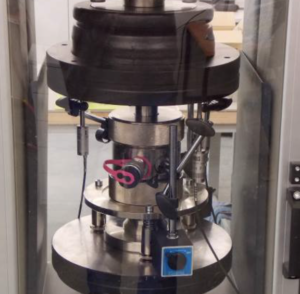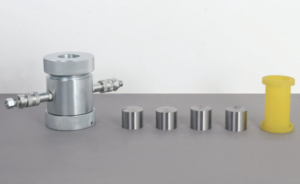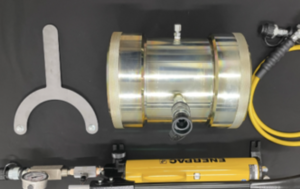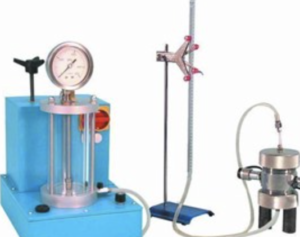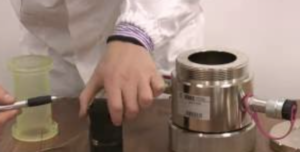What Happened When Testing Concrete for a High-Rise’s Foundation?
Every skyscraper starts with a solid foundation—literally. In the case of this high-rise project, what seemed like a routine concrete testing process turned into a pivotal moment1 that reshaped the entire construction timeline. Here’s how the story unfolded—and what it taught us about the real power of material testing in foundation design2.
The Initial Situation of Concrete Selection for the High-Rise Foundation
The project began like many others. The design team specified a high-performance concrete mix3 for the mat foundation, targeting a compressive strength of 60 MPa (megapascals) at 28 days. This grade was chosen for its load-bearing capacity4, low permeability, and compatibility with the site’s groundwater conditions.
However, with a pour of over 4,000 cubic meters of concrete scheduled for a single 36-hour continuous pour, the margin for error was slim. So, the testing protocol had to be airtight5, with samples taken at various intervals during batch production and placement.
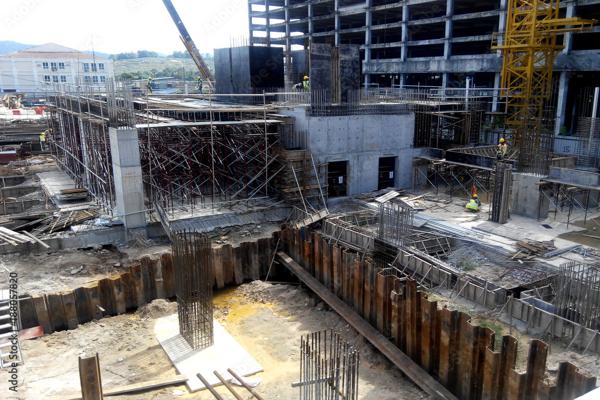
Procedures and Methods of Compressive Strength Testing
To verify strength development, standard cylinder specimens (150 mm × 300 mm) were cast from each delivery batch.
Testing Approach:
- ASTM C39 was used for compressive strength testing.
- Samples were tested at 7, 14, and 28 days.
- Each batch had three replicates, ensuring accuracy and consistency.
| Age (days) | Target Strength (MPa) | Measured Average Strength (MPa) |
|---|---|---|
| 7 | 35 | 33.8 |
| 14 | 48 | 47.5 |
| 28 | 60 | 59.2 |
The results were within acceptable limits, confirming that the structural capacity met design expectations—until the slump test revealed something unexpected.
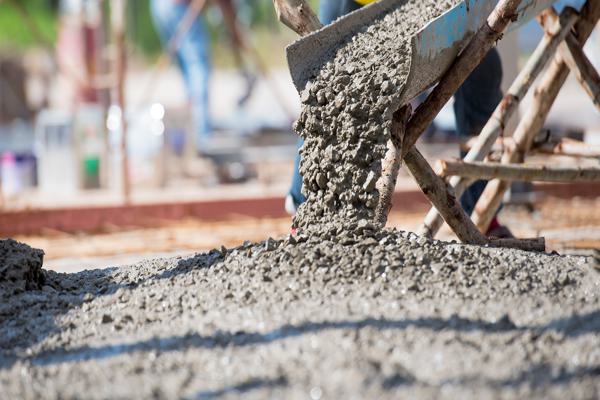
Unexpected Results from the Slump Test and Their Impact
While compressive strength results were reassuring, the slump test (ASTM C143)6 raised alarms. Meant to measure workability, the expected slump range was 75–100 mm, but several early batches showed slump values exceeding 150 mm7.
Impact:
- The concrete was too fluid, increasing the risk of segregation.
- This could have compromised the uniformity of rebar coverage and increased the chance of honeycombing.
- Field inspectors also reported bleeding and delayed setting, particularly in the deepest portions of the foundation mat.
| Batch # | Expected Slump (mm) | Measured Slump (mm) |
|---|---|---|
| 12 | 90 | 152 |
| 13 | 85 | 149 |
| 14 | 90 | 155 |
This deviation called for immediate intervention, as unchecked slump variation could have led to long-term durability issues.

Solutions and Adjustments Based on the Testing Results
The testing team quickly collaborated with the supplier and engineering consultants. After identifying that the excess slump was due to overdosing of superplasticizers, a new batching procedure was implemented.
Key Adjustments:
- Superplasticizer dosage was strictly limited per batch.
- Mix water levels were monitored using real-time moisture probes in the aggregates.
- Field slump tests were increased from 1 per hour to 1 per batch.
- Additional modulus of elasticity tests were introduced to confirm concrete stiffness.
After these measures:
- Slump values stabilized within the 90–100 mm range.
- Compressive strength remained unaffected.
- No further segregation or bleeding was observed.
These steps helped preserve construction quality, avoid delays, and maintain the structure’s long-term reliability.

Conclusion
This incident proved that even a seemingly minor deviation in concrete workability can have serious consequences—especially for high-rise foundations. Thankfully, rigorous testing protocols and responsive collaboration allowed the team to act fast. In the world of skyscrapers, success is poured layer by layer—and it all starts with testing done right.
-
Understanding this phrase can provide insights into critical decision-making in construction, enhancing your knowledge of project management. ↩
-
Exploring this topic will deepen your understanding of how material testing ensures safety and stability in construction projects. ↩
-
Explore this link to understand the advantages and applications of high-performance concrete mixes in construction projects. ↩
-
Learn about load-bearing capacity calculations to ensure structural integrity in your projects. ↩
-
Discover best practices for concrete testing protocols to minimize errors and ensure quality in large pours. ↩
-
Understanding the slump test is crucial for assessing concrete workability and ensuring quality in construction projects. ↩
-
Learning about high slump values can inform better practices and adjustments in concrete mix design. ↩

